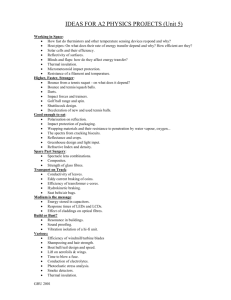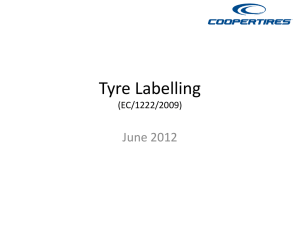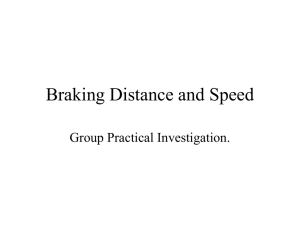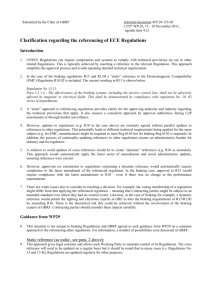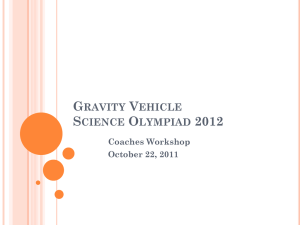12 terrain tyres for rain and mud SUV or 4x4 vehicles replace more
advertisement
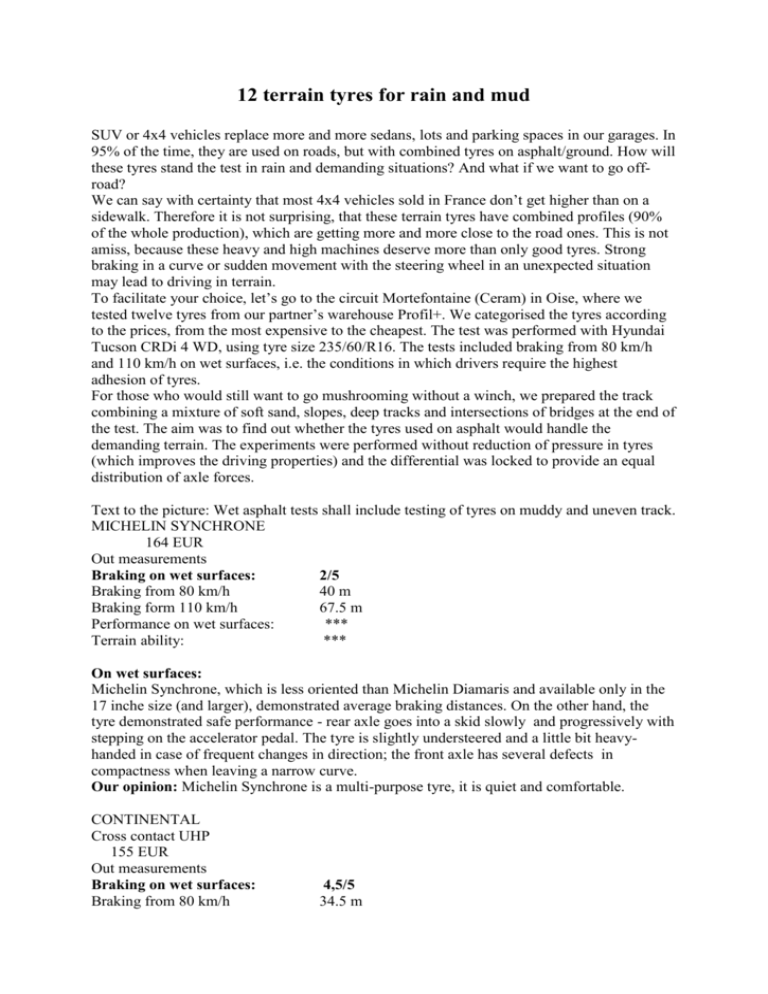
12 terrain tyres for rain and mud SUV or 4x4 vehicles replace more and more sedans, lots and parking spaces in our garages. In 95% of the time, they are used on roads, but with combined tyres on asphalt/ground. How will these tyres stand the test in rain and demanding situations? And what if we want to go offroad? We can say with certainty that most 4x4 vehicles sold in France don’t get higher than on a sidewalk. Therefore it is not surprising, that these terrain tyres have combined profiles (90% of the whole production), which are getting more and more close to the road ones. This is not amiss, because these heavy and high machines deserve more than only good tyres. Strong braking in a curve or sudden movement with the steering wheel in an unexpected situation may lead to driving in terrain. To facilitate your choice, let’s go to the circuit Mortefontaine (Ceram) in Oise, where we tested twelve tyres from our partner’s warehouse Profil+. We categorised the tyres according to the prices, from the most expensive to the cheapest. The test was performed with Hyundai Tucson CRDi 4 WD, using tyre size 235/60/R16. The tests included braking from 80 km/h and 110 km/h on wet surfaces, i.e. the conditions in which drivers require the highest adhesion of tyres. For those who would still want to go mushrooming without a winch, we prepared the track combining a mixture of soft sand, slopes, deep tracks and intersections of bridges at the end of the test. The aim was to find out whether the tyres used on asphalt would handle the demanding terrain. The experiments were performed without reduction of pressure in tyres (which improves the driving properties) and the differential was locked to provide an equal distribution of axle forces. Text to the picture: Wet asphalt tests shall include testing of tyres on muddy and uneven track. MICHELIN SYNCHRONE 164 EUR Out measurements Braking on wet surfaces: 2/5 Braking from 80 km/h 40 m Braking form 110 km/h 67.5 m Performance on wet surfaces: *** Terrain ability: *** On wet surfaces: Michelin Synchrone, which is less oriented than Michelin Diamaris and available only in the 17 inche size (and larger), demonstrated average braking distances. On the other hand, the tyre demonstrated safe performance - rear axle goes into a skid slowly and progressively with stepping on the accelerator pedal. The tyre is slightly understeered and a little bit heavyhanded in case of frequent changes in direction; the front axle has several defects in compactness when leaving a narrow curve. Our opinion: Michelin Synchrone is a multi-purpose tyre, it is quiet and comfortable. CONTINENTAL Cross contact UHP 155 EUR Out measurements Braking on wet surfaces: Braking from 80 km/h 4,5/5 34.5 m Braking from 110 km/h 63 m Performance on wet surfaces: **** Terrain ability: * Good contact On wet surfaces: Cross Contact is clearly oriented on asphalt; it has an asymmetric profile and proved to be very efficient during braking. It has also an admirable side adhesion. The front axle copies the desired track properly; the compactness has nothing to be blamed for. In an urgent case – sudden stepping on the accelerator pedal in a curve, the rear axle gradually swerves out. The only tyre deficiency is an average comfort. In terrain: Continental gasps for breath on steep slopes and loose ground, it is too hard and the standard road tread doesn’t improve the evaluation results. Our opinion: Forget the name Cross, a discipline, which the Continental tyre depending on asphalt doesn’t fulfil at all. BRIDGESTONE Dueler HP Sport 150 EUR Out measurements Braking on wet surfaces: 3,5/5 Braking from 80 km/h 37 m Braking from 110 km/h 64.5 m Performance on wet surfaces: **** Terrain ability: * On wet surfaces: Bridgestone Dueler demonstrated good stability at increased speeds, it is also efficient at braking, it is precise, has a strong carcass and is fixed to the asphalt by rubber protrusions. It’s a pity that when entering a curve at increased speed, the rear axle proved to be too loose after releasing the accelerator pedal. In terrain: Dueler with the road profile is not that good outside the asphalt. It doesn’t have sharp angles and the side drainage ditches don’t facilitate handling in muddy terrain. Our opinion: It is neither the most comfortable nor the smartest solution for the countryside, but on asphalt there is nothing to be afraid of. DUNLOP Grandtrek ST1 150 EUR Out measurements Braking on wet surfaces: 3/5 Braking from 80 km/h 37 m Braking from 110 km/h 67.5 m Performance on wet surfaces: **** Terrain ability: **** On wet surfaces: Although the braking distances are not extraordinary, in average they are good and don’t demonstrate any significant deficiencies in connection to the behaviour of the rear axle, which is practically adhered to the ground. It ensures security. We can object to the average ability to keep a track at increased speed, caused by soft rubber protrusions located on the tread pattern. In terrain: The Grandtrek tyre has driving properties with necessary adhesion, which allow “cooling off”. Only snow could make problems, in spite of small lamellas on both sides. Our opinion: The Grandtrek tyre, classified by its producer Dunlop as an all-year tyre, is characterized by its multi-purpose function. Text to the picture: Equipped by a device measuring the braking effect, our Tucson brakes on the track with steady water level at first from 80 km/h and then from 100 km/h. We have two Tucsons at our disposal, one 4x4 for testing in terrain and the other 4x2, ideal for testing of brakes without interruption of the central differential. GOODYEAR Wrangler HP 150 EUR Out measurements Braking on wet surfaces: 5/5 Braking from 80 km/h 33.5 m Braking from 110 km/h 62.5 m Performance on wet surfaces: **** Terrain ability: ** On wet surfaces: Relentless braking - only Matador questions its supremacy at braking from 110 km/h. This Wrangler doesn’t overwhelm by its name HP, but by its high performance. It is precise when entering a curve, keeps the trajectory and calm thanks to its balance. The rear axle gradually swerves out after stepping on the accelerator at increased speed, but still it is easy to handle. In terrain: Its relatively soft carcass improves the driving characteristics. But be careful! The rubber protrusions are located too close to each other and prevent good drainage in deep mud. Our opinion: Comfortable, homogenous and safe … lets forgive it for not being that skilful in muddy terrain. YOKOHAMA Geolander G-051 150 EUR Out measurements Braking on wet surfaces: 1/5 Braking from 80 km/h 39.5 m Braking from 110 km/h 75 m Performance on wet surfaces: Terrain ability: **** On wet surfaces: This Japanese tyre is not good at braking, but it has even worse behaviour on the road. Its sidewalls and carcass are too soft, which makes the handling more difficult, and above all, it is sticky and inaccurate, which produces instability at braking and keeping the track. Much worse, when entering a curve the tyre understeers and after stepping on the accelerator pedal it spins . Total disaster when braking in a curve. It would be a catastrophe without ESP (our Tucson had it)! DANGEROUS ON A ROAD! In terrain: Geolander G-051 with soft carcass adheres to the relief of the surface. Losses of driving properties are optimal and its ability to overcome the terrain is real. Our opinion: Although it is formidable in terrain, on wet asphalt and at sudden movements it is difficult to handle: it is dangerous. PIRELLI Scorpion STR 147 EUR Out measurements Braking on wet surfaces: 0/5 Braking from 80 km/h 46.5 m Braking from 110 km/h 81.5 m Performance on wet surfaces: Terrain ability: **** On wet surfaces: Because of the difference of 13m at braking from 80 km/h and 20 m at braking from 110 km/h in comparison to the best tyres, we don’t speak about differences but about the gap! The Scorpion tyre doesn’t have a convincing behaviour; it is completely loose during braking: the front axle lacks precision and after stepping on the accelerator the rear axle strongly swerves out. It is difficult to keep balance… DANGEROUS ON A ROAD! In terrain: Regardless of the terrain level, the Scorpion STR is able to overcome the most difficult relief with raised paws. Only deep mud can slow it down because of the cleaning capacity. Our opinion: The Scorpion STR is designated for terrain and is dangerous on wet surfaces. There is also a road model (Scorpion STO), but unfortunately not in this tyre size (only in the standard one). BF GOODRICH Macadam 145 EUR Out measurements Braking on wet surfaces: 2/5 Braking from 80 km/h 38 m Braking from 110 km/h 70.5 m Performance on wet surfaces: *** Terrain ability: *** On wet surfaces: Macadam didn’t enchant during braking, since it had too long braking distances and slight instability due to a number of "tiles" located on the tread pattern. It seems to be more serious in performance: all in all neutral also at increased speeds, it gains the trust quickly and small swings of the handling after stepping on the accelerator pedal or sudden movements with steering wheel can easily be controlled. In terrain: Soft sidewalls and the number of “tiles” permit being a good climber, but low cleaning capacity doesn’t allow proceeding in loose terrain. Our opinion: Macadam is a compromised tyre, with which you can drive as a master and also go mushrooming, it awakens trust and it is comfortable. Macadam is pleasant and without real defects. Text to the picture: Ceram Mortefontaine circuit has also tracks for 4x4. Some of the tyres were unable to complete the test because of the relief. UNIROYAL 4x4 Street 145 EUR Out measurements Braking on wet surfaces: Braking from 80 km/h Braking from 110 km/h Performance on wet surfaces: 2/5 10.5 m 67 m ** Terrain ability: ** On wet surfaces: The 4x4 Street has the same deficiencies as its sport model Rain Sport 1 (see AUTO-MOTO No. 135): significant division of the tread pattern provides excellent drainage, but together with V-shaped grooves contributes to high noise level and lack of stability at increased speeds and braking. Braking is average; at sudden manoeuvres it is necessary to handle the skid. In terrain: Although it properly leads sand and mud away thanks to deep and broad grooves, the 4x4 Street doesn’t keep the track on road surfaces and slopes. Our opinion: The Uniroyal producer, a specialist on rain tyres, offers a multi-purpose tyre which will never be good. Only for those, who appreciate a skid … the controlled one. GENERAL Grabber UHP 135 EUR Out measurements Braking on wet surfaces: Braking from 80 km/h Braking from 110 km/h Performance on wet surfaces: Terrain ability: 2/5 38 m 69 m ** **** On wet surfaces: On the basis of the list of expenses with fuel consumption in first place we expected something worse. Braking distances don’t look bad although they are far from the best ones, understeering and missing agility and accuracy in curves. However, the General Grabber tyre is safe and of good utility also at increased speed. In terrain: this novice is not afraid to drive on rocks thanks to its rigidity and sculpted shoulders. Its tread pattern with sufficient number of grooves provides effective operation in mud. Only steeper slopes lead the tyre on a merry dance. Our opinion: This robust Yankee will provide you with good service. It is a long-distance runner, not a sprinter. HANKOOK RA 23 130 EUR Out measurements Braking on wet surfaces: 0/5 Braking from 80 km/h 43 m Braking from 110 km/h 80 m Performance on wet surfaces: Terrain ability: *** On wet surfaces: Poor ABS, long braking distances, and sensitivity to aquaplaning and risky performance… the Dynapro Ra 23 tyre isn’t better than a brick thrown on ice. It is necessary to have ESP and to keep a cool head then using this tyre. Sad statement. The cause of this can be found in the carcass and poor quality of the compound. DANGEROUS ON A ROAD! In terrain: Cold comfort: if this tyre of Korean origin doesn’t climb a tree, its abilities in terrain will certainly allow driving on country roads. Our opinion: Dangerous rain tyre. This "copier-cooler”, this imitation of the Michelin Synchrone, fails to provide sufficient safety. You should simply avoid it. MATADOR MP 81 112 EUR Out measurements Braking on wet surfaces: 4/5 Braking form 80 km/h 38 m Braking from 110 km/h 61 m Performance on wet surfaces: **** Terrain ability: *** On wet surfaces: In spite of its hesitation at braking from 80 km/h, Matador has a great performance and is impressive at braking. It is very sharp, and its big rubber protrusions produce clean and errorless lines. On the other hand it is not the most stable one in uninterrupted driving. In particular after stepping on the accelerator pedal in a curve, but also in this situation it demonstrates to be utilitarian and progressive. In terrain: In spite of its declared road profile, it achieved good results also in mud. The Matador tyre can lumber trees. The tyre overcomes obstacles harshly and cleanly, of course, within its possibilities. Our opinion: Convincing in several aspects, Matador will seduce you not only by its manners, but also by the excellent proportion between the quality and the price. Conclusion: The results of our tests are unambiguous: the most efficient combined tyres on asphalt are, with only minor exceptions, the least convincing in terrain. And vice versa. That means you have to clarify your real needs to prevent unpleasant surprises. Pirelli, Hankook and Yokohama tyres, which are not recommended for roads will satisfy convinced hikers. Text to the picture: - steel reinforcing filling - Dim rings - Rav4 without a spare wheel on the back door? It is possible to drive also with empty wheels. Drive on 4x4 vehicles with empty wheels. After sport and traditional sedans, the technology of a drive with empty wheels appeared also in the category of 4x4. Toyota Rav4 D-4D 177 Clean is the first serial SUV equipped by this technology. Tyres with a carrying ring, which are more popular than tyres with reinforced sidewall (see page 122), are used more frequently at present, but they are too noisy and uncomfortable. In this case the tyres and disks are the traditional ones, there is a steel reinforced filling fixed to the disk by caoutchouc rings, which at the same time provide a dimming function (see scheme). In case of a rupture the tyre will prop up against the steel filling and it is possible to drive another 100 km at the speed of 80 km/h without the risk of taking the tyres off. This is sufficient to drive to the closest car service.
